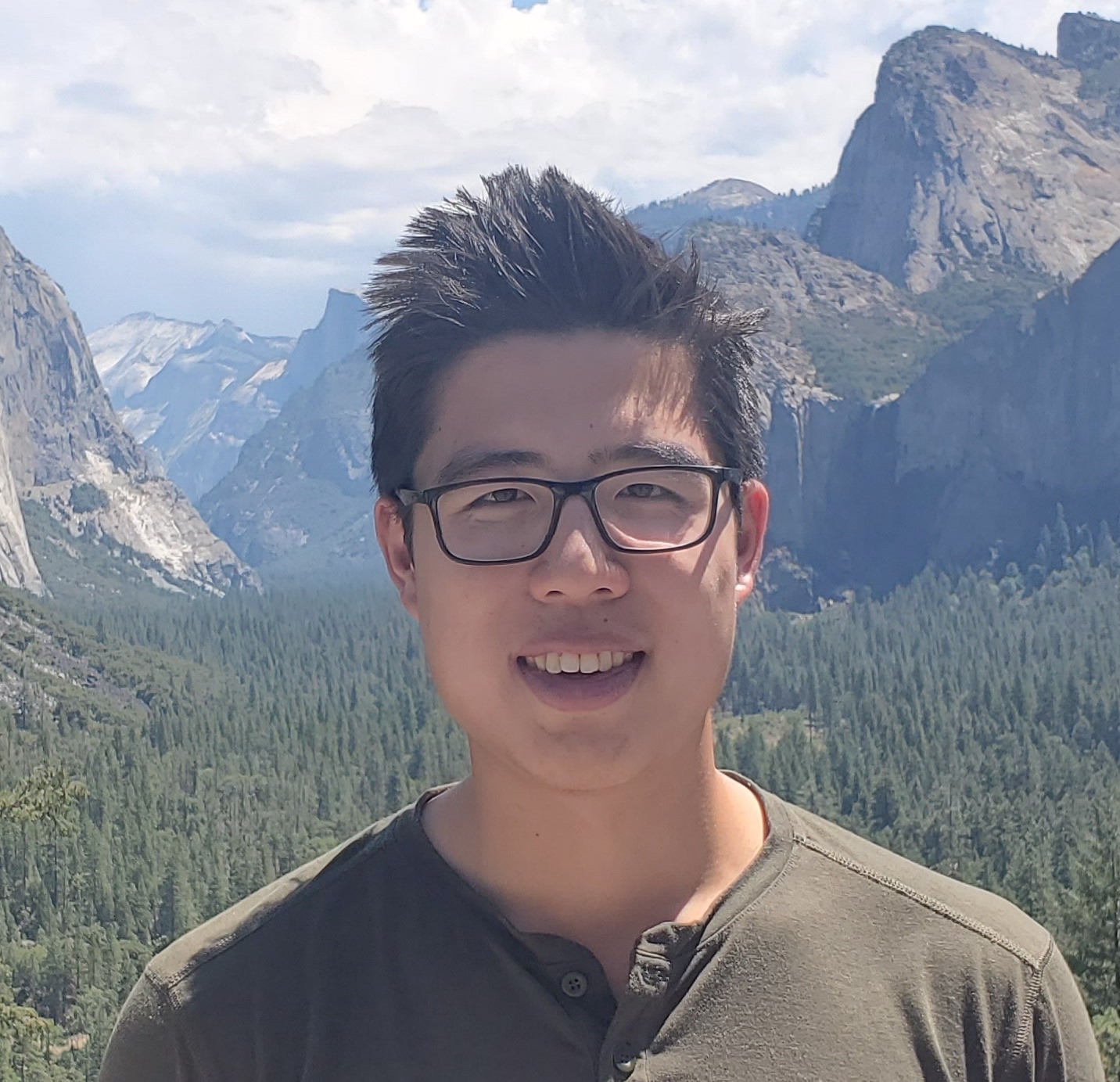From Academia to Industry
09 Oct 2018
In 2014, I entered the University of Toronto as an undergrad with a burning passion for physics. In 2018, I left the academic world to start a career in industry machine learning.
This is how I transitioned from academia to industry.
Contents
- My Story
- Advice
- Conclusion
My Story

Discontent with Academia
I had loved physics ever since I read Stephen Hawking’s A Brief History of Time in the seventh grade. After studying the subject passionately in high school, I decided to go to the University of Toronto to study physics. My plan was to graduate with solid marks and excellent research experience, break into a top-tier physics PhD program and become a world-renowned physics researcher.
The only problem was that I didn’t like physics research.
It took two research internships in physics for me to realize that research was not the daily stream of intellectual delight that I had imagined it to be. Research was a grind. It was slow gruelling work that progressed inch by inch, and 90% of my time was spent programming.
I discovered that learning about a topic and doing research in that field were two completely different things, and although I loved to learn physics in a classroom, I disliked doing physics research.
In addition, I grew increasingly disillusioned with academia. It seemed that many STEM undergraduates would rush into PhD programs out of sheer inertia, without exploration of other options, and spend five, six years of their prime youth down the rabbit hole of academic research. This resulted in frequent burnouts. Many PhD graduates turned, in the end, to industry after acquiring a distaste for academia in grad school. Those who continued in academia were met with fierce competition for limited amounts of tenure-track positions, and must go through several rounds of postdoctoral research stints before being accepted for a faculty position, if they were accepted at all.
Academia is a pyramid, and tenured professors are at the top. For each professor, there are a handful postdocs, numerous graduate students, and many undergraduates to fill in the gaps, all wanting to climb the ladder. And I didn’t want to play this game.
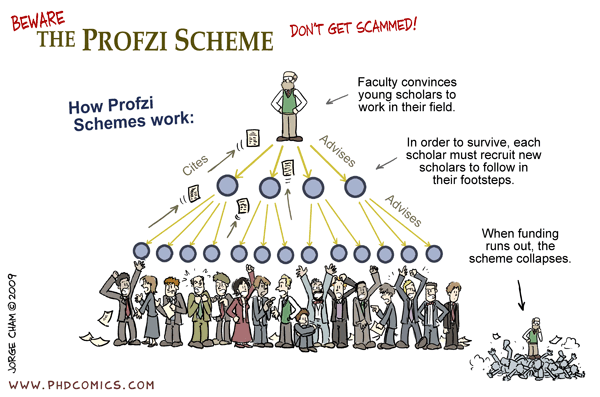
At the end of the summer after my second year, I decided that research wasn’t for me. After that came a harder decision: what was I going to do next?
Initial Interest in Data Science & Machine Learning
I began by asking myself a simple question: What made me passionate about physics? I loved physics because it described the world mathematically and allowed us to make useful predictions about physical phenomena.
Then I asked myself: What other field allows me to make useful predictions about the world with mathematical models? After some exploration, I discovered that data science and machine learning (ML) satisfied my desire to mathematically describe the world. Compared to physics academia, it was more widely-applicable, and I didn’t need to commit years of my life in graduate school (and beyond) to make an impact. Furthermore, these highly technical fields were constantly covered in the media, and were even described by Harvard Business Review as ‘the sexiest job of the 21st century’. I decided to dig deeper.
I started learning ML with Andrew Ng’s Coursera course, which taught me high-level ML concepts. However, in order to really understand the fundamentals of ML, I needed to dive deeper into the theory and code. Stanford’s CS231n: Convolutional Neural Networks for Visual Recognition allowed me to do just that. The coding assignments, in which I implemented low-level neural networks in Python, gave me a solid understanding of the fundamentals of deep learning. I supplemented this course with another Stanford online course, Statistical Learning, which taught me the statistical side of ML.
What I discovered, surprisingly, was that the most widely-used ML techniques were quite simple and completely accessible to undergraduates with a basic background in mathematics and statistics. Other key components of data science, such as data preprocessing, exploration and visualization, were already familiar to me through past research experience.
Learn more about the resources I used here.
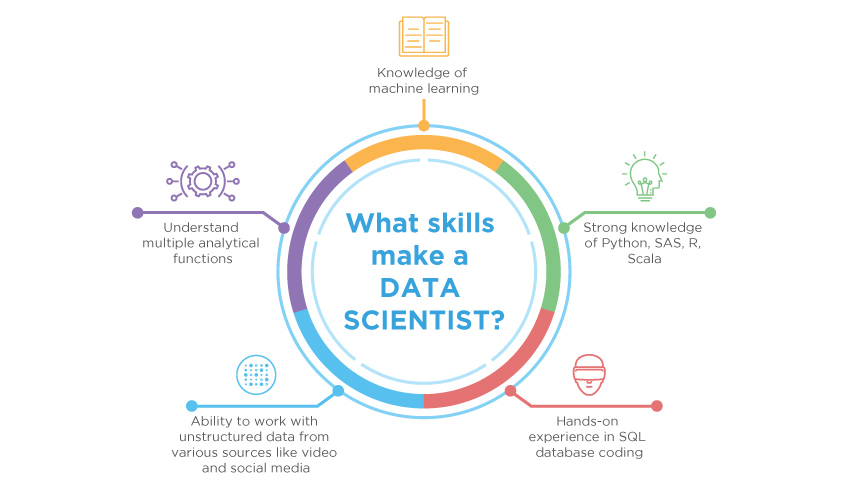
Projects & Competitions
After acquiring the basic ML foundation, I wanted to apply what I had learned to solve real-world problems with real-world datasets. I first turned to kaggle competitions, doing them by myself initially and then together with the UofT Data Science Team.
Kaggle competitions were tough! Not only were the problems difficult, but the competition was fierce, and a lot of time must be devoted to compete for the top prizes. To me, an undergraduate student trying out ML, I decided not to invest large amounts of time in an attempt to win a competition, and simply treated kaggle as a learning opportunity.
Around this time, I discovered a cool, new data science hackathon in Toronto called HackOn(Data) that was to take place in a couple of weeks. HackOn(Data) was unique in that they organized hands-on workshops leading up to the hackathon, in which the participants implemented entire ML workflows, from data preprocessing to model validation, with industry datasets on Apache Spark. These small-classroom workshops not only taught me valuable, real-life skills, but also introduced me to the data science community in Toronto.
Then came the actual hackathon. Long story short, facing stiff competition from PhDs and industry professionals, my teammate and I finished third in the competition. More importantly, we made valuable connections with prominent industry leaders that resulted in internship opportunities the next summer.
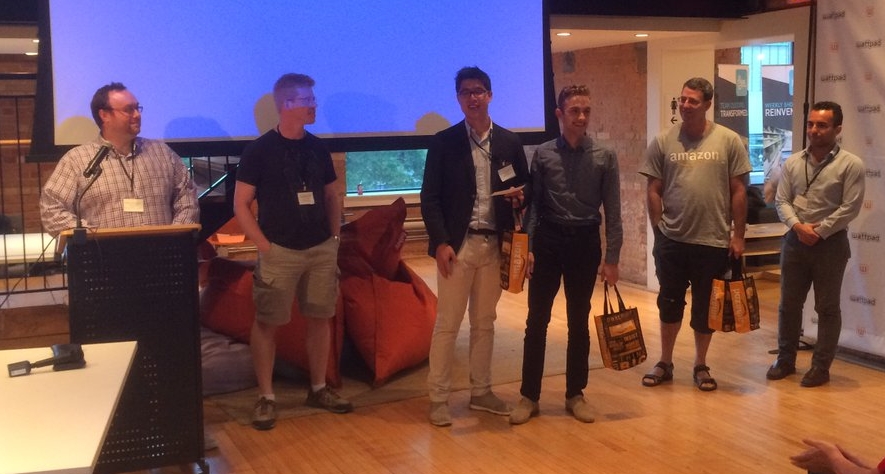
Here, I learned an important lesson: Networking and community involvement are extremely important to career success, especially in hot, new fields such as ML and Data Science. Often, academics like me focus too much on domain skills and knowledge, and forget about the people in the domain, but the people are just as crucial to your career, if not more.
The rest of the story at HackOn(Data) 2016 here.
Internship
During my third year, I decided to try out industry by looking for an industry internship next summer. Through a contact from HackOn(Data), I found a summer internship opportunity at an industry lab called Zero Gravity Labs, which was the semi-independent, innovation arm of LoyaltyOne, the loyalty marketing company known for AirMiles. It sounded like a great way to test out industry life while working on cool projects, and I joined the Zero Gravity Labs team.

At Zero Gravity Labs, I explored decentralized loyalty programs on blockchain and created a loyalty blockchain Proof-of-Concept. I also worked with massive amounts of client data on Apache Spark and Microsoft Azure. Though the project did not contain ML, it gave me my first taste of working with large industry datasets, and I realized that it was much more difficult and cumbersome than working with the curated kaggle datasets.
During the same time, I worked on a side project in which I used xgboost to make residential real estate predictions. To increase my involvement in the data science community, I created data science workshops for UofT students with the UofT Data Science Team, gave a talk on setting up Spark with AWS, and served as a mentor and judge at HackOn(Data) 2017.
Industry or Grad School
At the end of summer, I realized that careers in industry could be just as fulfilling as careers in academia, and certainly lucrative.
When I started my final year, I made the decision to go into the data science and machine learning industry. I would be the only one in my program to not continue in academia.
Many asked me if I would consider graduate school down the road. I responded that if I found an area that I passionately wanted to research, I would consider it. However, I would not go to graduate school out of sheer inertia, which is the current trend among undergraduates. In my view, many undergraduates go to graduate school simply because they have nothing better to do, and end up wasting years of their youth in prolonged over-education. The opportunity cost of that is huge: compare the five years it takes to complete a PhD versus five years of industry experience and wages, and ask yourself which is the better option? For me, it was the latter.
Job Search
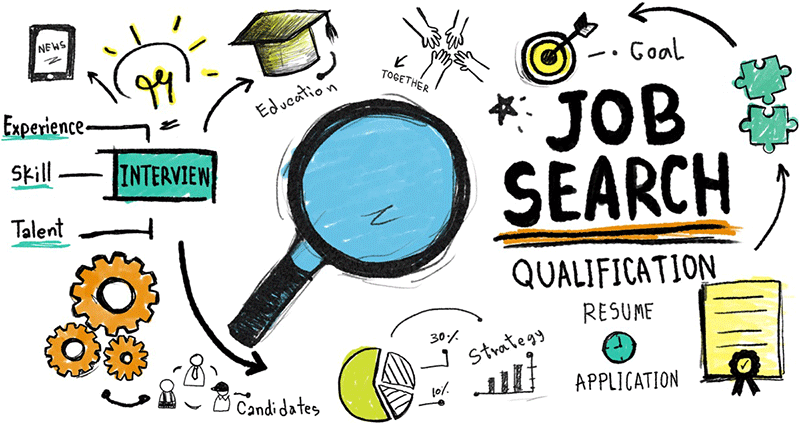
When my fourth and final year began in September, I began my search for full-time, post-graduation employment. It was a long journey with many obstacles and deadends, that lasted all eight months of my final year.
This was how it went.
September, October — Light Searching and Reconnaissance
- Surveyed the career market for ML and Data Science
- Attended career fairs and networking events at UofT
- Polished resume and LinkedIn profile
- Started applying for new grad roles at big companies
I began my search by identifying interesting companies and gathering information on them: positions available, requirements and deadlines. Starting early before applications even began gave me a head start in surveying the landscape of career opportunities in Silicon Valley, Seattle, NYC and Toronto.
Having learned about the importance of networking, I attended various career events aimed at UofT new graduates, hosted by big companies like Microsoft, Google and Uber ATG. This gave me insight on role expectations and hiring processes.
I polished my resume and LinkedIn profile by following the advice in this article, written by the former SVP of People Operations at Google, Laszlo Bock. He taught me how to frame my achievements to make them stand out.
And by mid-October, when big tech companies started opening up applications for new graduate roles in May 2018, I was ready to start applying.
November, December — Applying, Interviewing, Pivoting
- Low response rate from online applications
- Realized online application was a black hole
- Pivot to people-oriented approach
During November, I concentrated mainly on the big tech companies: Facebook, Google, Microsoft, Amazon, Airbnb, etc., with little success. These companies were simply not responding or giving automatic rejections. The only mild success was through the internal referral of a friend, which led to an interview for a Data Scientist role at a big Silicon Valley tech company. I passed the initial screen, but got stopped at the technical interview.
Frustrated and dejected, I realized that my current method of online applications was simply not working. Due to the huge volume of applications, I would be lost among the masses or be automatically filtered due to my lack of a graduate degree.
One day, I shared my troubles with a close friend that had good success in the tech industry, and asked him how he looked for career opportunities. To my surprise, he told me that he did not even bother with applications at all. Instead, he found all his opportunities through networking or cold calls.
Upon reflection, I realized that all the positive responses I have received were a result of personal connections and referrals. Attempts to make personal connections were more fruitful than online applications.
As a result, I decided to pivot to a people-oriented approach for job hunting, and invest more time in attending networking events and connecting with employers through email and LinkedIn.

January, February — Interviews, People-Oriented Approach
- People-Oriented approach with focus on Toronto companies more successful
- Completing technical challenges and interviews
I tested out my new strategy in the new year — the peak hiring stage for many companies.
With the new people-oriented approach, I received better responses and more interviews with big companies and startups in Toronto. Although this success may be partially attributed to my shift of focus towards Toronto companies (which are easier for Toronto candidates to enter), the new approach still made a difference in the quality of response.
Through a personal introduction, I could explain my situation and desires clearly, and have my achievements and experience in your profile for the other side to see. I found LinkedIn to be more successful than email as it offered a more in-depth profile and a sense of social familiarity. I did not neglect valuable face-to-face talks, and incorporated them in my process as well.
The downside to this approach was that it was more unstructured and disorienting than simply sending out applications. There was no set path of engagement, I had to define it myself.
By this time, it seemed unlikely that I was going to be able to break into the U.S. tech industry with my current skillset and experience, especially during a time of political uncertainty in the U.S. for high-tech work visas. I decided to switch my focus entirely to companies in Toronto.
March, April — Negotiation, Decisions
- Waiting for offers
- Evaluating market expectations for compensation
- Negotiation and decisions
By March, I had finished all remaining interviews. In the next few weeks, the offers and rejections started rolling in, and I began to evaluate each offer. In order to discover the market expectations for each role, I researched comparable roles and their compensation levels, mainly by using online tools and surveys, such as Glassdoor and LinkedIn Salary, to find information for the tech industry in Toronto.
Then, I negotiated offers with company representatives, which worked well in some cases, poorly in others. Regardless of the outcome, negotiation was an important part of my job hunt, and I used this opportunity to try it out and hone my skills.
In the end, I decided to accept a Machine Learning Engineer position at a Toronto AI startup called Dessa. At Dessa, I would be working at the ground-level to develop and deploy ML models in big companies over disparate industries, such as finance and telecommunications. The biggest draw to Dessa for me was the ability to see how hyped ML techniques were actually implemented in large, complex enterprises. Additionally, I believed that the experience gained here would accelerate my knowledge and career growth.
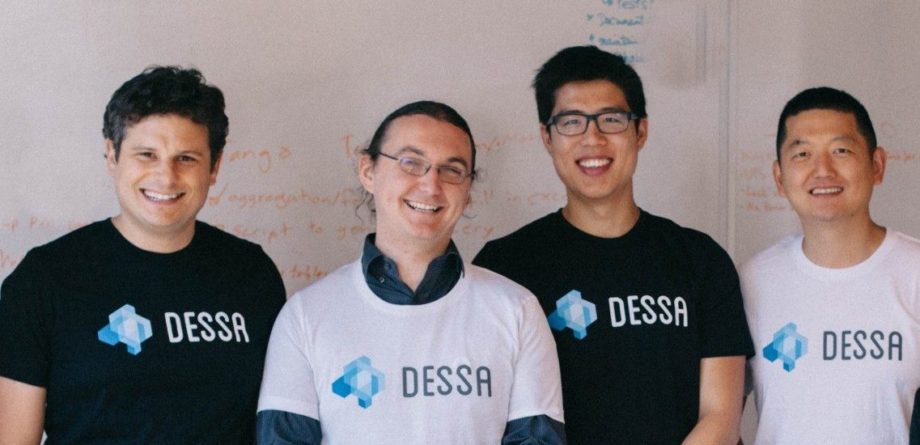
Advice
Attempting to transition from a completely academic role to an industry role is a daunting task. What makes it particularly disorienting is that there is no well-defined path, and therefore, you will need take initiative and explore many options.
So how can you get started? These key points, refined from my story, will help you.
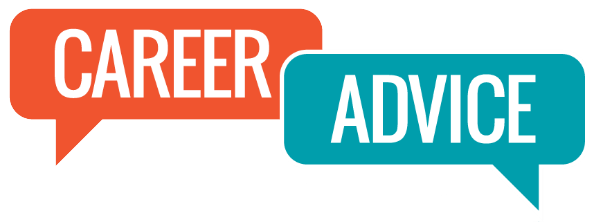
Personal Projects
The age-old paradox of ‘How to get work experience if work requires experience?’ can easily be solved in the tech industry with projects (and internships). Personal projects can take many forms: kaggle competition, hackathon hack, capstone project, etc. Ultimately, it needs to demonstrate your curiosity and self-motivation to implement a novel idea, outside of regular coursework. I also recommend writing a blog post on your experiences and posting the project to github to give it more visibility.
Personal projects allow you to gain valuable experience — notches on your belt — that is crucial to getting your first job. You also will get a glimpse of what it is like to work in this field.
Networking
Do not fall into the trap of believing that just because you are in a technical field, that you can forgo networking. Who you know is just as important as what you know.
Nowadays, companies are increasingly looking towards universities for fresh talent, and are eager to meet students who are looking for a career in industry. In addition, reach out to professors, alumni and other students to get advice and information about career opportunities.
The value of these connections is high: You never know who may be the key to getting your foot in the door.
Job Hunting
The first job is always the hardest. Compared to an experienced candidate, you are perceived by companies to have lower value and higher risk. It gets easier once you have your foot in the door with that first job.

Start Early
Job hunting is a full-time job. Start early.
Starting early doesn’t mean sending out applications for jobs a year in advance. There is a lot of preparation you have to do before you can start applying. First, research industries and companies that you would like to join, and map out their roles and application timelines (new grad application deadlines are pretty early). Get in contact with company employees through LinkedIn and email to make a proper introduction, and express genuine interest in the work that they do.
Refine your resume to suit your desired companies. I recommend framing your achievements as ‘I accomplished [X] as measured by [Y] by doing [Z] (source).’This format is powerful in that it allows you to state your accomplishments and how they resulted in measurable benefits.
Looking for a job itself is a full-time job. And it’s exhausting. Giving yourself a head start will allow you to explore more opportunities without being stressed. My job search, from initial scouting to signing the offer, took nearly all 8 months of my last year at university. Had I not started early, I would have explored less options and realized key mistakes too late.
Have Options
Don’t put all your eggs in one basket.
It is almost certain that you will be rejected by at least one company. Cast out a wide net, explore different options, and don’t aim for a single dream company. In tech, big companies in Silicon Valley, such as Google and Facebook, are very attractive to new graduates, but there are plenty of other excellent companies, some of which may even be a better fit for you.
Having choices at each stage of the job-finding process is crucial. At the start of your job search, staying flexible allows you to broaden the scope of your search and discover opportunities that you otherwise would not known. At the end, having multiple job offers gives you more career choices, as well as an increased ability to negotiate.
People-Oriented Approach
Don’t focus on applications, focus on people.
Companies receive massive amounts of online applications, and yours is likely to get lost in the masses. How do you stand out?
Given that you have a polished resume and presentable LinkedIn profile, find people in hiring roles or in roles similar to your desired one, preferably in a position of seniority or leadership — hiring managers, senior managers, senior engineers, etc. Then, contact them on LinkedIn or email to make a quick introduction and demonstrate interest in their work. In addition, try to get a better understanding about the company culture, the pace of work and opportunities for career development. Be genuinely excited at the opportunity to work at their company.
During my job search, I reached out to an AI lab to talk about a cool paper that they had published and asked about career opportunities there. To my surprise, they responded quite warmly to my genuine interest in their paper and scheduled a face-to-face chat. I was amazed at the level of response to personal messages, even from CEOs and CTOs (of startups), and I discovered career opportunities otherwise inaccessible.
So, go for it. Reach out to new people. And don’t forget about your existing network: The best career opportunities often come from the connections you already have, such as former classmates and co-workers.
Negotiate
Disagree without being disagreeable.
Many people dislike negotiation because of its implicit association with antagonism and bullying, the kind they see in TV dramas, or in street haggling. People feel especially uncomfortable in the very personal case of negotiating their own worth.
However, real, merit-based negotiation does not have to be a rude or unpleasant experience. You can make strong, level-headed cases about the market value of your skills and experiences based on other offers with similar roles. Resources, like compensation surveys (e.g. Canada New Grad Offers 2017-2018) and online tools (Linkedin Salary, Glassdoor) will help you to critically evaluate your market value.
If you observe a discrepancy between your perceived market value and the company’s value assessment of you, don’t be afraid to address it. Negotiate for the appropriate job responsibilities and compensation.
Here are two beginner books on negotiation that very job candidate should read:
- Getting to Yes, Fisher and Ury, Harvard Negotiation Project
- Never Split the Difference, Voss and Raz, FBI hostage negotiator

Conclusion
My transition from academia to industry was long and gruelling. There were times during the long stretch of job rejections when it was difficult to see the light at the end of the tunnel. I was exhausted and dejected, but I pushed on, hoping that it would eventually pay off. In the end, through non-conventional methods, I was able to find a great position at a local AI startup where I could gain valuable experience on applying ML in big enterprises.
Now, I look back on my experiences as a tremendous learning opportunity and a crucial part of my career journey: The realization that I was not suited for academia, the decision to go into industry and the strenuous search for a job after graduation. I have shared with you what I learned in past two years, from the importance of personal projects to the importance of networking, from resume improvement to negotiation tips, from low-value online applications to high-value personal contacts, and more …
Now I continue into the next chapter of my career.
I hope you find this useful.
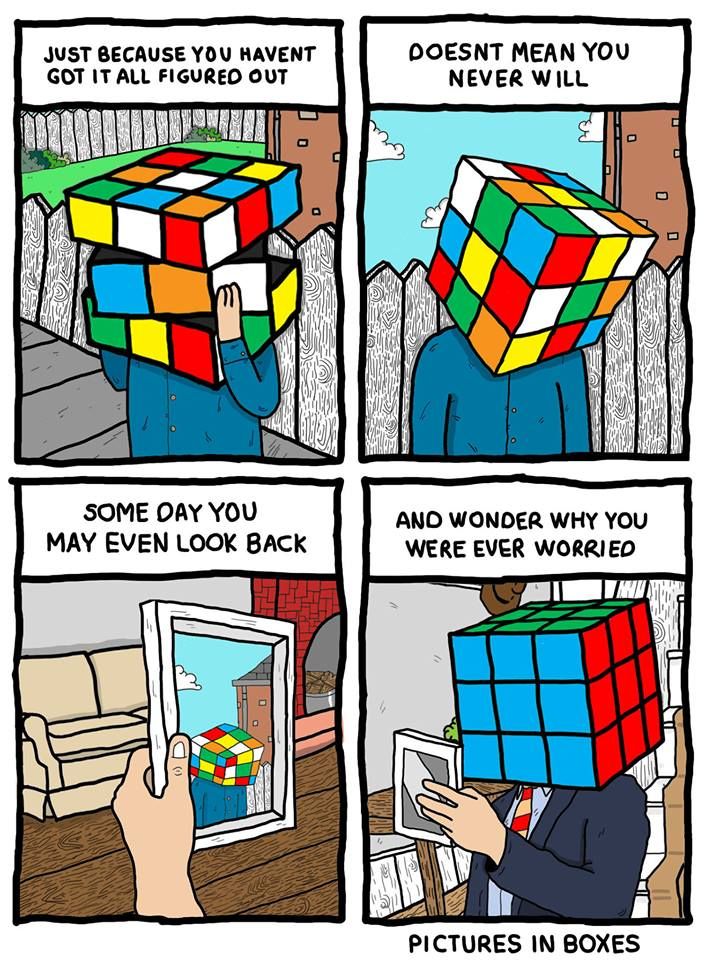
Links
- Machine Learning Resources
- HackOn(Data) 2016
- Google SVP of People Operations Laszlo Block’s Personal Formula for a Winning Resume
- Canada New Grad Offers 2017-2018
Find me on LinkedIn through the sidebar.
Cover illustration by Eliot Wyatt.
